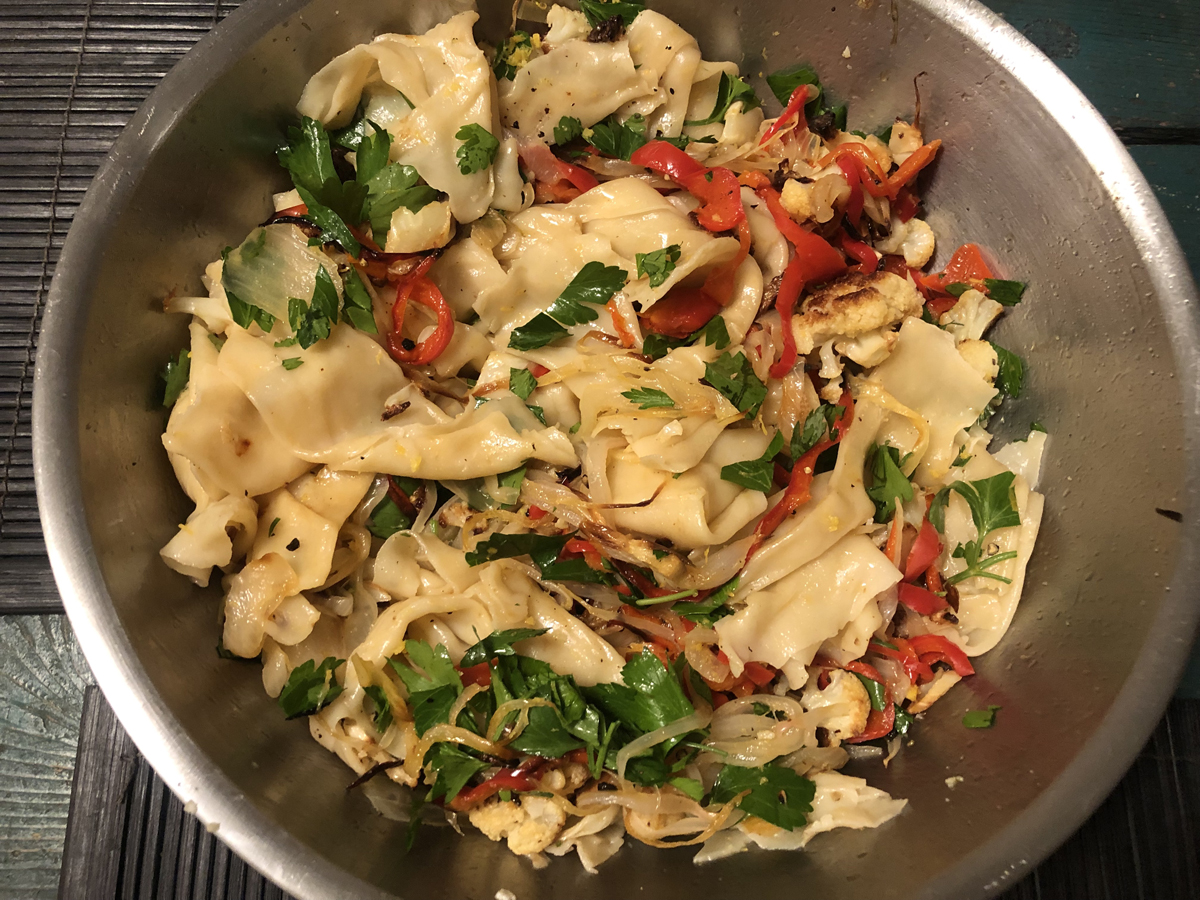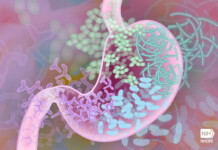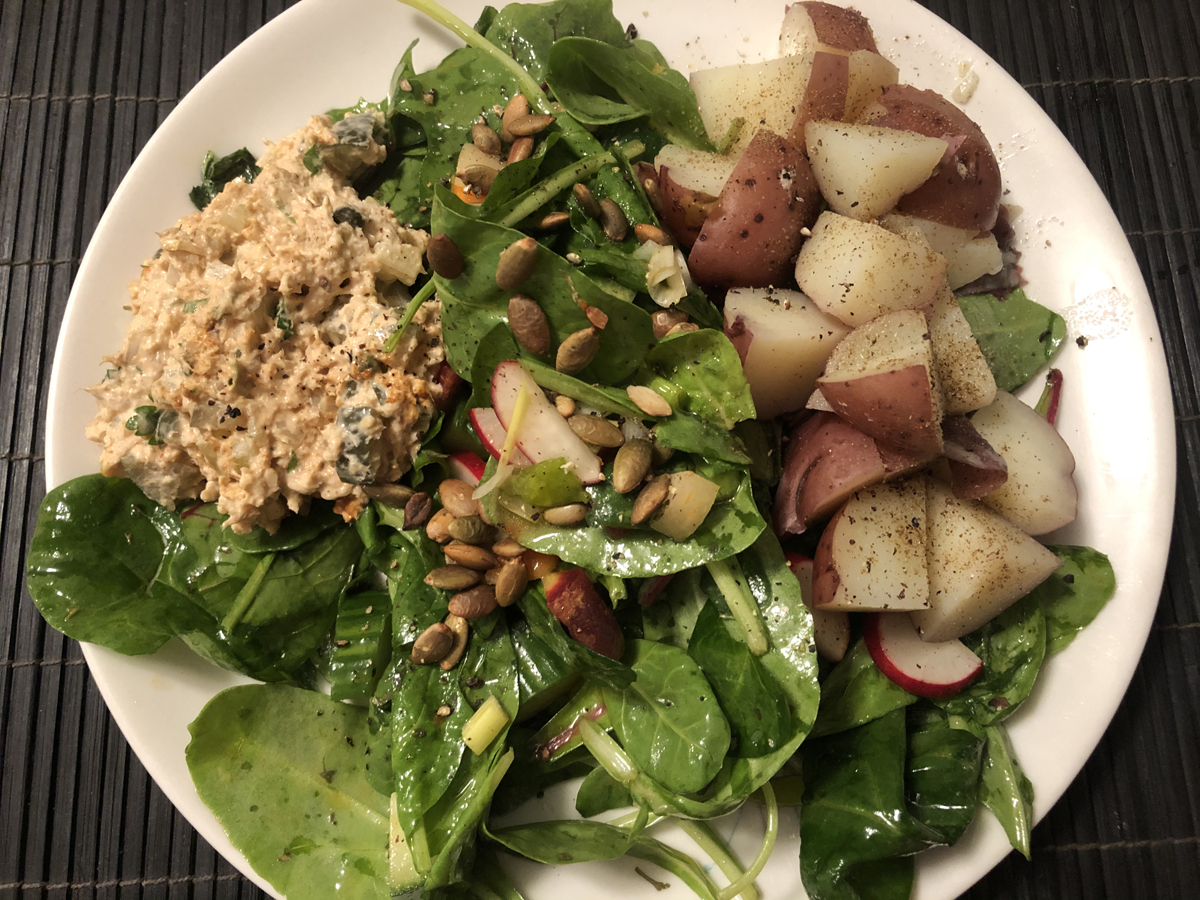“I’m wanting to run the best I can at the Boston Marathon. Any nutrition tips to help me reach my goal?”
“How do Patrick Mahomes and Tom Brady eat to perform at such high levels…?”
“I once heard someone say the best athletes have the junkiest diets. Is that actually true?”
These are just some of the questions I get from athletes who want to eat to win. My (biased) answer is, of course, what and when you eat really matters! While many very good athletes seem to do well with random fueling plans, the question arises: How much better could they be?
While wise fueling plans certainly can enhance athletic performance, many other factors determine whether or not you will get to the winners’ circle. Physiological factors include: muscle damage/soreness, lactic acid build-up, depleted muscle glycogen, low blood glucose, inability to concentrate/poor brain function, under-hydration, high body temperature, gut distress, and injury. Now add environmental factors that you cannot control: heat, humidity, wind, floods, and altitude, as well as the game start-time, time between games, jet lag, and travel-fatigue. No wonder eager-to-win players want to rule-out making any food mistakes. Hence, this article focuses on nutrition strategies you can control to benefit your performance.

- Whole grain breads, pasta, sweet potato, quinoa and other starchy carbs—plus fruits and veggies—should be the foundation of each and every meal. Stop thinking carbs are bad, fattening, a waste of calories. False! The body prefers carbs to replenish muscle glycogen stores that get depleted during hard exercise. Training or competing with “dead muscles” is needless and hurts performance.

- All athletes need a well-fueled brain. If you have not eaten a meal 3 to 4 hours pre-exercise, at least eat 200-ish calories of carbs within the hour before you play to help keep your brain sharp so you can focus and stay motivated to work at a hard pace. For a personalized fueling plan that maintains your blood sugar (and feeds the brain), consult with a registered dietitian (RD)/ board certified specialist in sports dietetics (CSSD).) To find your local RD CSSD, use the referral networks at eatright.org or healthprofs.com.
- Implement your fueling plan during training, so you have time to tweak it. During a sports event, you don’t want to be guessing if a new gel will digest well.

- Commercial sports foods (sports drinks, gels, chomps, jellybeans, etc.) are pre-wrapped and convenient, but not magical. “Real” foods (dried pineapple, crystalized ginger, peppermints, granola bars, diluted grape juice) also work just as well, if not better, before and during extended exercise.
- During extended exercise that lasts longer than 60-90 minutes, plan to consume a variety of sport foods/fluids. Each type uses different gut transporters and can reduce the risk of GI distress. A variety of tastes also minimizes flavor fatigue (when you just can’t tolerate one more sip of Gatorade or one more Gu). You can only compete at your best if you can train at your best. That means fueling well every day.
- Learn in advance what foods/fluids will be available at the event. (Check website for sponsors.) You’ll likely be better off bringing plenty of your own tried-and-true foods that you know will settle well and be readily available—and bring enough to share with your teammates?
- Maintain adequate hydration during repeated days of hard training. Your goal is to void a significant volume of light-colored urine first-thing in the morning. That indicates you’re starting the day adequately hydrated.
- Whether programmed drinking (according to a plan) is preferable to drinking to thirst (as desired) depends somewhat on how long you will be sweating. Endurance players can develop a big mismatch between sweat losses and fluid intake, so programmed drinking can be a good plan for them. Players who exercise for a shorter exercise time (<60 minutes) are less likely to become dehydrated, so drinking to thirst is acceptable. • In laboratory-based research, >3% loss of body weight is linked to reduced performance. In real-life, many athletes perform well at higher levels of dehydration. Their motivation to win over-rides the effects of being under-hydrated and lessens its negative impact. But the question remains unanswered: Could underhydrated athletes have performed even better if they were better hydrated?
- If you think a sports supplement will take you to the winner’s circle, think again. So-called ergogenic aids are only for athletes who first have optimized their daily sports diet. No amount of supplementation will compensate for a poor sports diet.
- That said, some supplements might enhance performance. These include:
- Creatine monohydrate. Supplements been shown to increase muscle creatine stores by ~20% and can help you do more repeated sprints. Creatine supplements can be particularly helpful for vegetarians, given dietary creatine is found primarily in meat.
NOTE: Sporting organizations tend to discourage the use of creatine in younger athletes, not because it will harm them, but because they have yet to learn what their bodies can do naturally. Youth athletes should focus on improving skills more than on taking supplements. - Caffeine can reduce the perception of pain, effort, and fatigue—even in athletes who regularly drink coffee. You can consume caffeine via gels, caffeinated energy bars, pre-workout supplements, tablets, and of course, coffee. The problem with coffee is the caffeine content is highly variable, making it hard to define a specific dose. The “best” dose varies from athlete to athlete.
- Creatine monohydrate. Supplements been shown to increase muscle creatine stores by ~20% and can help you do more repeated sprints. Creatine supplements can be particularly helpful for vegetarians, given dietary creatine is found primarily in meat.
- Simply rinsing your mouth with a sugar solution (then spitting it out) stimulates reward centers in the brain, allowing you to work harder, perform better. Sugar doesn’t need to be absorbed into the body to offer benefits.
- Menthol-containing mouth-rinses every 5-10 minutes during prolonged exercise in the heat can allow athletes to feel cooler, work harder, and run faster. But be careful. If you feel cooler—but actually are not, you might over-exert yourself and end up hurting your performance in the long run.
- Anti-cramping agents such as pickle juice, capsaicin, cinnamon, ginger, or hot or spicy tastes may “distract” the nerves involved with the cramping muscle and may reduce the risk/severity of a muscle cramp. (More research is needed.)
The bottom line
Wise fueling strategies can help get you to the winners’ circle. If you are struggling to find an effective fueling plan that supports your athletic goals, consult with an RD CSSD. Sports dietitians can teach you how to eat to win!
Reference:
- Burke , L.M. Nutritional approaches to counter performance constraints in high-level sports competition. Experimental Physiology 106 (12):2304-2323 (open access)







